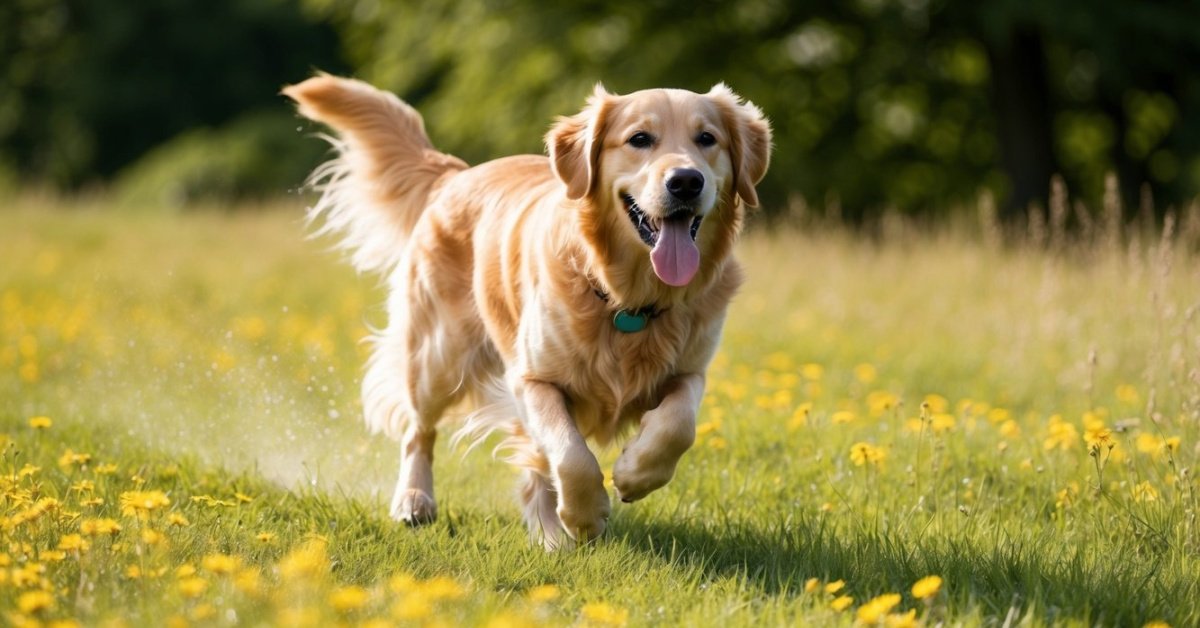Dogs have been a part of human life for centuries, playing an important role in our history, culture, and daily routines. Today, there are over 400 million dogs worldwide, making them one of the most common pets. However, some experts believe that dogs may eventually go extinct. The primary reason for this is that dogs are becoming increasingly specialized.
In the past, dogs were bred for specific purposes, such as hunting or guarding. However, today’s dogs are often bred for appearance rather than function. As a result, they are often less capable of performing the tasks they were originally bred to do. In addition, many modern dogs are prone to health problems due to inbreeding.
This makes them less hardy and more expensive to keep alive. While it is impossible to say definitively whether dogs will go extinct, it is clear that they face challenges that could threaten their future.
Why Do Dogs Go Extinct
The main reasons dogs go extinct are changes in their environment, loss of prey, and disease. When dogs lose their natural habitat, or their prey becomes scarce, they may not be able to survive. In addition, dogs can succumb to diseases that wipe out entire populations. For example, the borzoi was once a common dog breed in Russia, but it went extinct due to a distemper outbreak in the 19th century.
The good news is that there are also many efforts to preserve endangered dog breeds. The American Kennel Club’s Foundation for the Preservation of Rare Breeds works to conserve rare and ancient dog breeds that are in danger of disappearing. Thanks to these efforts, some dogs that were once on the brink of extinction are now starting to make a comeback.
Dogs Breeds That Have Gone Extinct
Here are some dog breeds that have gone extinct.
English White Terrier
The English White Terrier is a small dog breed that was once common in England. However, the breed is now extinct. There are several reasons for this. Firstly, the English White Terrier was often used for ratting and bedbug-hunting. As these activities became less popular, the demand for the breed declined. Secondly, the English White Terrier was crossed with other breeds, resulting in a loss of genetic diversity. This made the breed more susceptible to health problems, which led to a decline in numbers. Finally, many English White Terriers were killed during World War II, as they were mistaken for German dogs. As a result of these factors, the English White Terrier is no longer found in England or anywhere else in the world.
Talbot
There are several factors that cause this breed to die out. First, the Talbot was often used for hunting, and as the popularity of hunting declined, so did the demand for Talbots. Second, the Talbot was a large breed, and as tastes changed, smaller breeds became more popular.
Finally, the Talbot was not particularly adaptable to changes in climate or diet, and as England underwent industrialization and modernization, many Talbots died from exposure or malnutrition. As a result of these factors, the Talbot slowly disappeared from England until it was extinct by the early twentieth century.
Salish Wool Dog
The Salish Wool Dog was a breed of dog that was once found in the northwestern United States and southwestern Canada. The breed is thought to have gone extinct in the early 20th century for a variety of reasons, including interbreeding with other breeds of dogs, the decline of the fur trade, and the introduction of sheep into the region.
The Salish Wool Dog was a medium-sized breed with a thick coat of wavy or curly hair. The coat was often used by Native Americans to make blankets and other items of clothing. Thanks to their thick coats, Salish Wool Dogs were able to withstand cold weather and were often used as hunting dogs. Although the breed is no longer roaming the earth, there are some efforts underway to recreate it using DNA from existing breeds of dogs.
Moscow Water Dog
The Moscow water dog is a breed of dog that is now extinct. The reasons for the extinction of the breed are unknown, but it is speculated that it was due to a combination of factors, including cross-breeding with other breeds of dogs, the Russian Revolution, and World War II. The breed was once popular in Russia, particularly among the nobility, but it is believed that only a few specimens remained by the time of the Revolution. The last known Moscow water dog was said to have died in the early 1950s. While the breed is no longer in existence, it remains an important part of Russian history and culture.
Tweed Water Spaniel
The Tweed Water Spaniel is a breed of dog that was once popular in the Scottish region of Tweed. The reasons for the extinction of the Tweed Water Spaniel are not fully known, but it is believed that the breed was cross-bred with other types of spaniels, resulting in a less distinct gene pool.
In addition, the advent of new hunting technologies, such as guns and traps, made dogs like the Tweed Water Spaniel less useful to hunters. As a result, the breed dwindled in numbers until it eventually disappeared entirely. Although the Tweed Water Spaniel is no longer with us, it remains an important part of Scottish history.

Dog Breeds on the Verge of Extinction
« Why Do Dogs Have Whiskers?
Everything You Need to Know About Golden Retriever Rescue in Florida »
According to the World Health Organization, there are several breeds of dogs in the world. However, some of these breeds are more vulnerable to extinction than others. There are several reasons why a dog breed might become extinct. For example, a breed might be too closely related to another breed, making it difficult to produce healthy offspring.
Alternatively, a breed might have a limited gene pool, making it susceptible to health problems. Finally, a breed might simply be less popular than other breeds, making it less likely to be bred by commercial kennels. Whatever the reasons, there are a number of dog breeds that are currently on the verge of extinction.
The St. John’s Water Dog, for example, is thought to have fewer than 100 individuals remaining in the wild. The New Guinea Singing Dog is another endangered breed, with an estimated wild population of just 200 individuals. However, with careful conservation efforts, it may be possible to save these breeds from extinction.
Final Word
There are some things that can be done to save dogs from extinction. One way is to support organizations that are working to protect dogs and their habitats. Another way is to adopt a dog from a shelter or rescue organization, which will help reduce the number of dogs that are euthanized each year. Finally, you can spread the word about the importance of dogs and the threats they face, helping to raise awareness of the issue and encourage others to take action. By working together, we can help to ensure that dogs are around for centuries to come.

















